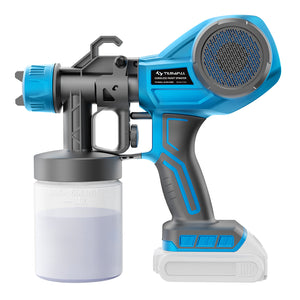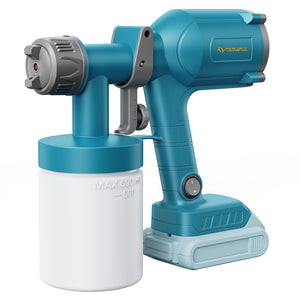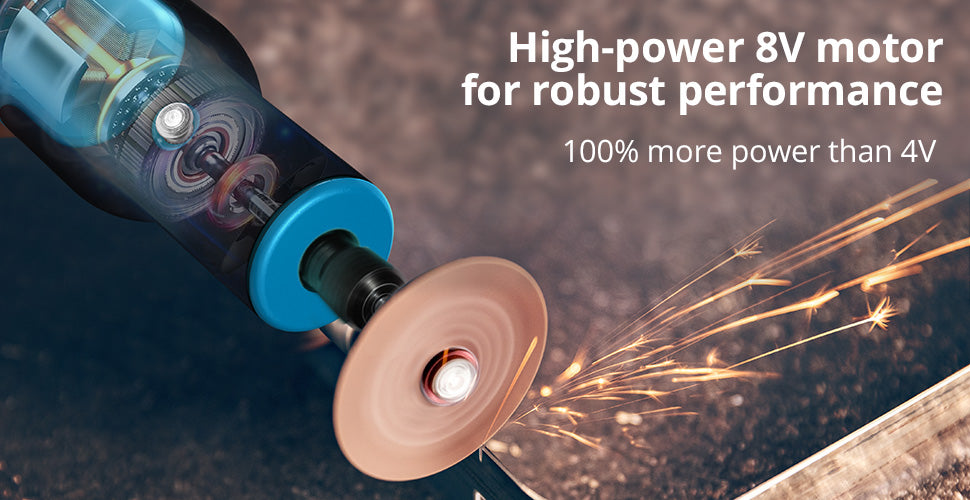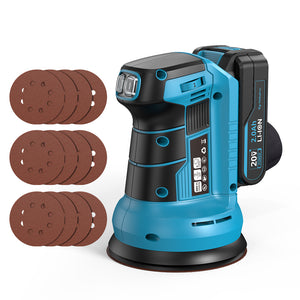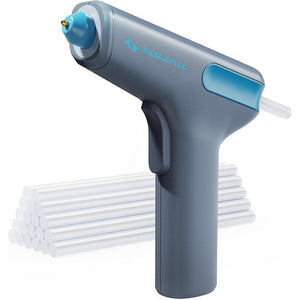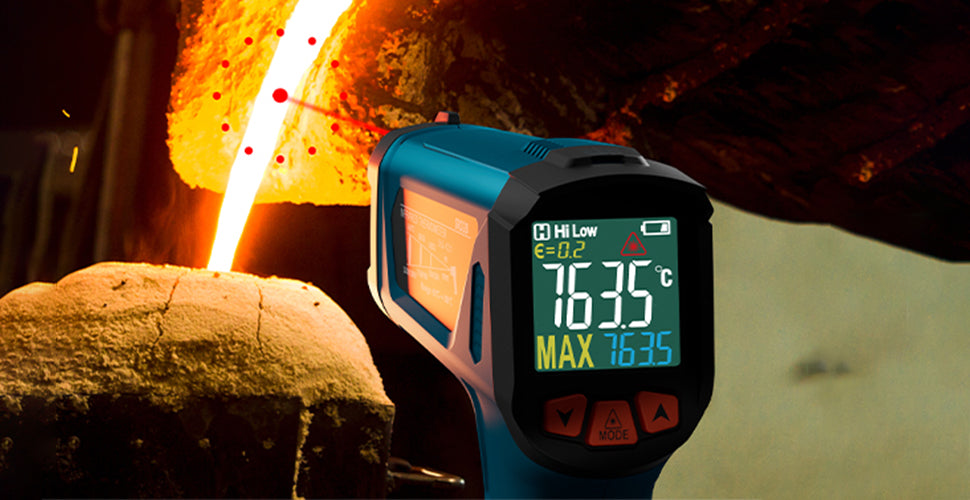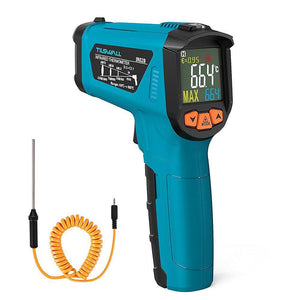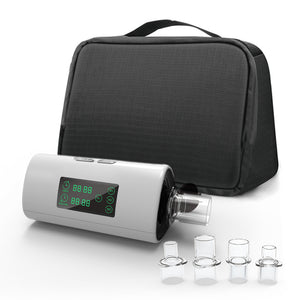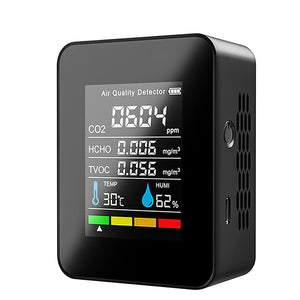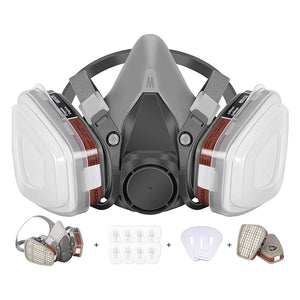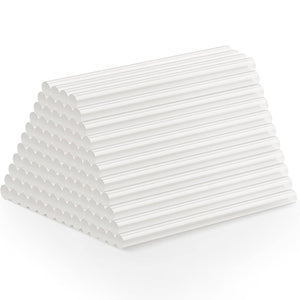As we know, metal detectors can detect the metal objects buried underground, such as coins, gold, rings, etc. They are easy to operate, press the power button, and move slowly over the area you want to treasure. Once the metal detector finds the target, it will get a beep or a buzz.
How a metal detector works?
The battery on it powers the metal detector. When you turn the unit on, the transmitter circuit will be activated. The electricity flows through the cable to the transmitter coil at the bottom and generates an electromagnetic field.
When you sweep the metal detector over the areas where you want to find the metal targets, the electromagnetic field creates an electric current flow in the metal targets.
This flowing electric current will generate a different electromagnetic field of the metal targets. The magnetic field through the receiver coil and moves to the receiver circuit and then creates a beep to alert us we have treasured the metal.
Explain how a metal detector works step by step
- Control Box
The control box includes the electronic circuit and battery of the detector. It contains the transmitter circuit that creates a transmit signal and a receiver circuit that processes the received signal and converts it into a target response.
- Search Coil
A metal detector search coil includes a transmitter coil used for transmitting the electromagnetic field into the ground and a receiver coil for receiving the electromagnetic field that returns from the target.
-
Transmit Electromagnetic Field
The transmitter circuit of the detector creates an electromagnetic field to detect the targets.
- Targets
These targets can be any metal objects such as gold, silver, coins, jewelry, etc., which the metal detector can detect.
- Undesired Targets
As a general rule, the undesired targets will be disc by the metal detector, such as the bottle tops, keys, nails, etc. But the Premise is the metal detector has disc mode.
- Receive Electromagnetic Field
The receiver coil will receive the electromagnetic field created by the targets.
-
Target Response
When the metal detector finds the targets we need, we’ll get a loudspeaker buzz.
What is a metal detector?
A metal detector is a device for hunting metal objects buried underground like jewelry, gold, and silver. It works as it sends a specific frequency signal into the land. If it detects any metal objects nearby, the metal’s electromagnetic signature will be feedback to the metal detector. By different sounds to know what’s the kinds of metal.
Metal detector frequency
In general, if the single frequency metal detector works at high frequency will be more suitable for detecting small targets. On the contrary, working at a low frequency will find more depth targets.
Types of metal detectors
Although the metal detectors work in the same way on the market, in effect, you can find different metal detector types for distinct purposes.
VLF metal detectors
The Very Low-Frequency detector is the most using type. They work in a single, low frequency under 30kHz, usually around 6 kHz – 20 kHz.
There are two coils in the type of metal detector, and the outer coil loop is the transmitter coil. Electric current flows back and forth in a wire within the transmitter coil thousands of times per second. The number of the current oscillate times per second determines the frequency of the detectors.
Another smaller coil designed on the inner loop is the receiver coil, used to get and amplify frequencies coming from metal targets on the ground.
According to the strength of the electromagnetic field generated by the target buried under soils, the metal detector can determine the depth of the target. Once a target is beyond a certain depth, the receiver coil cannot pick up the magnetic field created by targets.
PI metal detector
As its name shows, Pulse induction(PI) metal detectors use pulsed signals and work at a high frequency from 50 Hz – 400 Hz. PI metal detector is less common on the market. This type of metal detector may use one coil or even two to three coils to work together.
Because each metal's reflected pulse length is not easy to separate, they are usually not very well to discriminate, which means you will can’t find the metal targets you need quickly. However, they are useful in areas with highly conductive material in the soil, such as the salt-water environment. Compared to other metal detectors, they can often find metal targets much deeper in the ground.
BFO metal detector
Beat-frequency oscillation(BFO) metal detectors use beat-frequency oscillator technology to detect metal. The type of metal detector works at around 40 kHz – 500 kHz.
There is an oscillator built-in BFO metal detector designed to generate current pulses. And connected by two coils, one small coil design inside the control box, and another larger coil is in the search head. When these pulses of current through over two coils, the search coil can generate radio waves, and the small coil inside the control box will get the radio waves and create an audible series of beats.
When you wave the detector over metal targets, the electromagnetic field generated by current pulses will create another magnetic field around the targets. Then the magnetic field caused by metal targets will through the search coil to the receiver coil and create a loudspeaker tone.
Based on the simple BFO technology, this metal detector is cheaper than VLF and PI detectors. However, their accuracy is lower than other metal detectors.
FBS metal detector
The full-band spectrum(FBS) metal detector uses multiple frequencies to work. You can imagine it as a bit that they work together by several frequency detectors simultaneously.
How deep metal detector can detect?
How deep metal detectors can detect it depends on many factors, such as the frequency metal detector using, mineralization of soil, and so on. Even if using the same metal detector but detecting different areas, you may get different results.
If you plan to detect mineralized soil, a metal detector with Ground Balance will increase detection depth. This function allows you to remove the unnecessary signals that respond from the ground.



